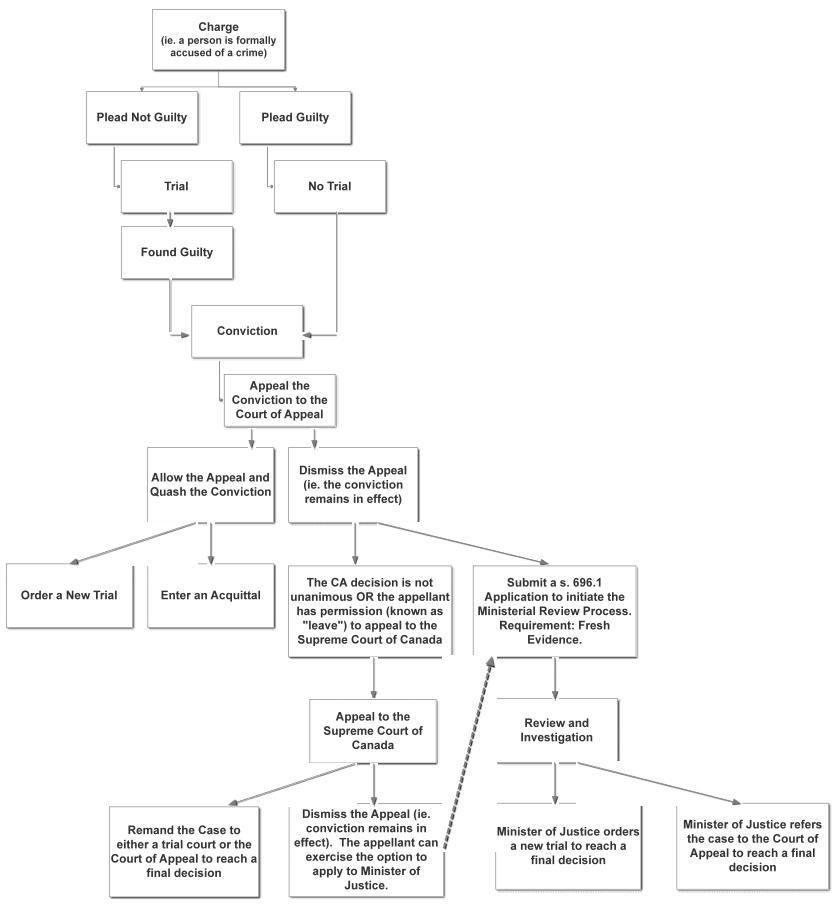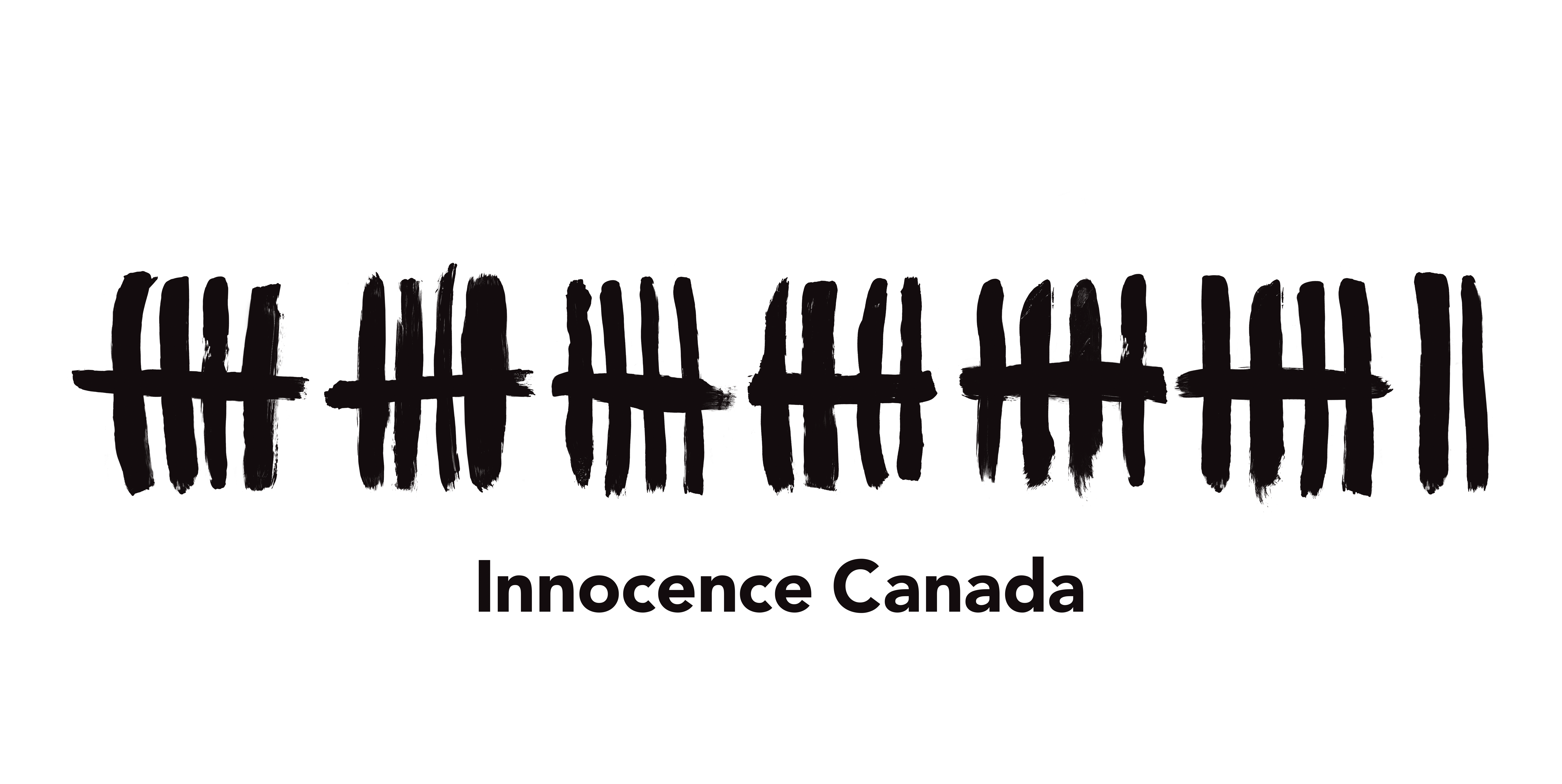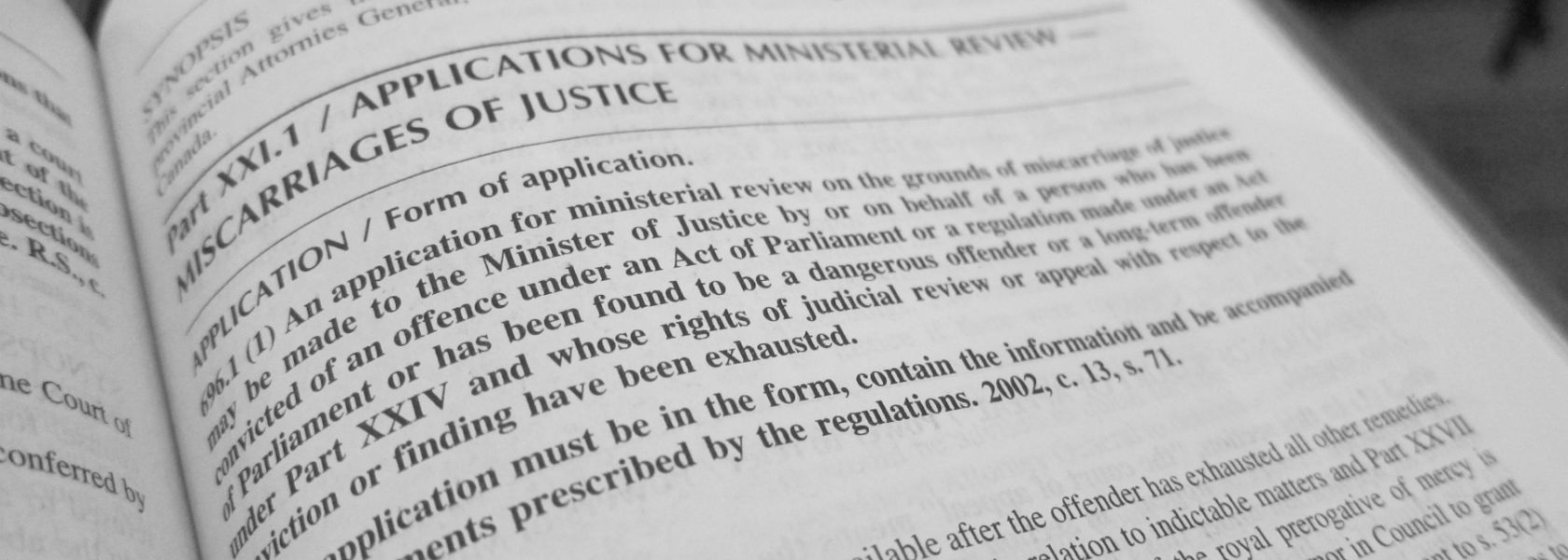When you or someone you know is wrongly convicted, the path to justice is often complex, confusing and lengthy. The circumstances of each case determine the procedural path to correct the miscarriage of justice.
The Path to a Wrongful Conviction
The path to a wrongful conviction begins with an innocent person being charged for a crime he or she did not commit.
After being charged, the innocent person can choose to either plead guilty or not guilty.
Whether an innocent person pleads guilty or goes to trial and is found guilty, the result is that he or she is convicted of a crime that he or she did not commit.
Correcting Wrongful Conviction
To correct the wrongful conviction, the convicted person may ask a higher court to review the decision of the trial court.
The first court available after being convicted is the provincial Court of Appeal. An appeal may be made on the basis that:
- the verdict was unreasonable;
- there was an error of law; or
- there was a miscarriage of justice.
The Court of Appeal can make the following decisions:
- Dismiss the appeal; or
- Allow the appeal and quash the conviction, in which case the Court of Appeal will either enter an acquittal or order a new trial.
It is important to understand that even if a person is innocent of a crime, the Court of Appeal cannot declare that person to be innocent. The reason for the Court’s inability to do so is grounded in policy and jurisdiction.
If the Court of Appeal upholds the conviction, the convicted person has two other options for review:
- Go to the Supreme Court of Canada, the country’s highest court; or
- Submit a s. 696.1 application to the Minister of Justice on the basis that the case represents a miscarriage of justice.
Right to Appeal
A convicted person only has an automatic right to appeal to the Supreme Court of Canada if the decision reached at the Court of Appeal level is not unanimous. Otherwise, the convicted person must seek “leave to appeal” (i.e. permission to appeal) to have his or her matter heard by the Supreme Court of Canada.
With the decision of R.v. McArthur, 2012 ONSC 5773, in which Innocence Canada acted as an Intervenor, a convicted person who did not appeal to the Supreme Court of Canada can still make a s. 696.1 application.
If the Minister finds that the case is a “likely” miscarriage of justice, the Minister can make the following decisions:
- Direct a new trial to any court that the Minister thinks proper; or
- Refer the matter to the Court of Appeal.
If the Minister orders that a new trial should take place, the case is considered new. The decision reached at this new trial takes precedence over the previous verdict.
If the Minister refers the matter to the Court of Appeal, that Court will overturn the original conviction. The Court of Appeal can then make the following decisions:
- Order a new trial;
- Enter an acquittal; and/or
- Make any other order that justice requires (for example, a stay of proceedings which allows the Crown to re-lay charges within one year of the stay).
If the Crown decides to withdraw charges, or doesn’t re-lay charges within a one-year period after the Court of Appeal’s decision to stay the charges, there is no charge on record, and this has the effect of ending the proceedings.
The below chart shows the paths a wrongly convicted person may take through the criminal justice system. The chart does not include processes related to a stay of proceedings.


